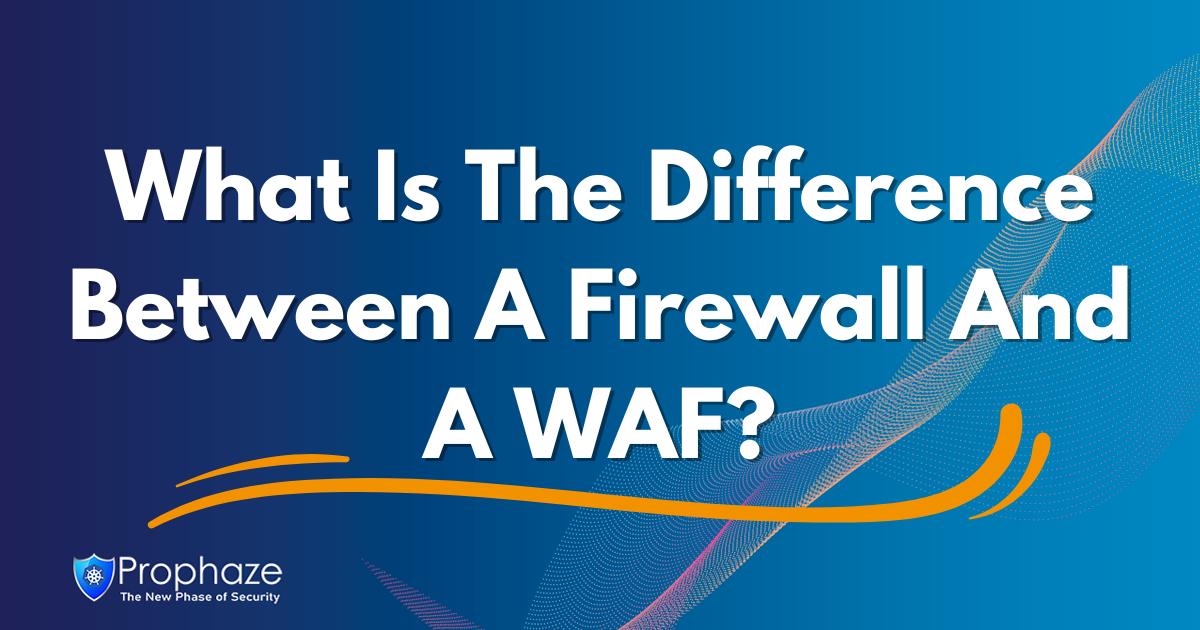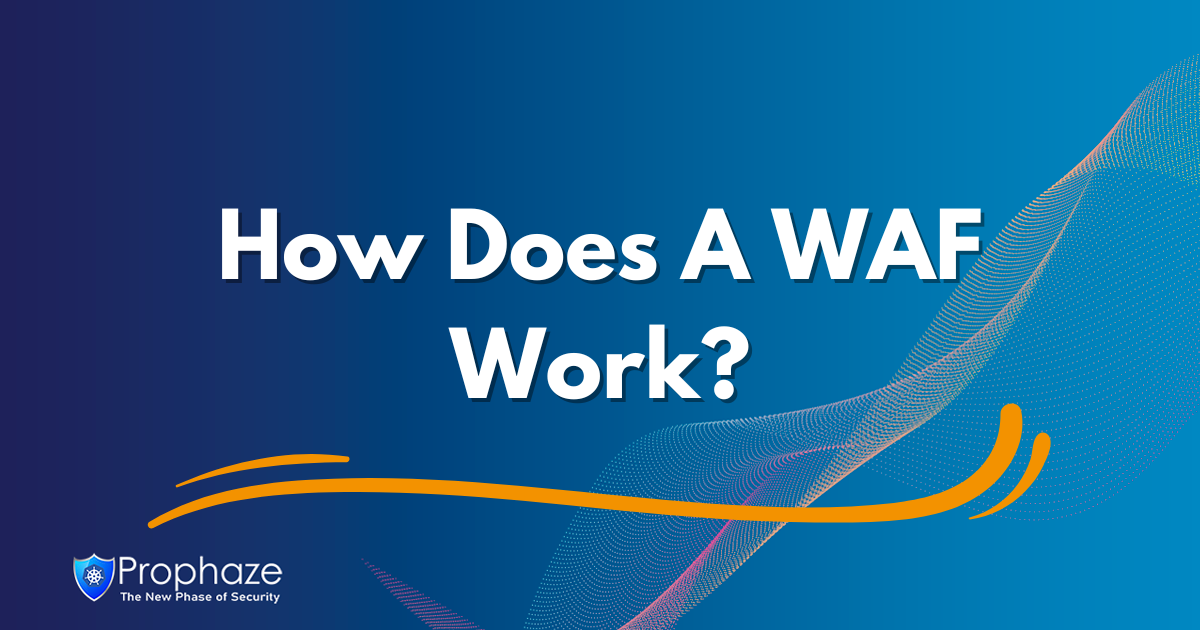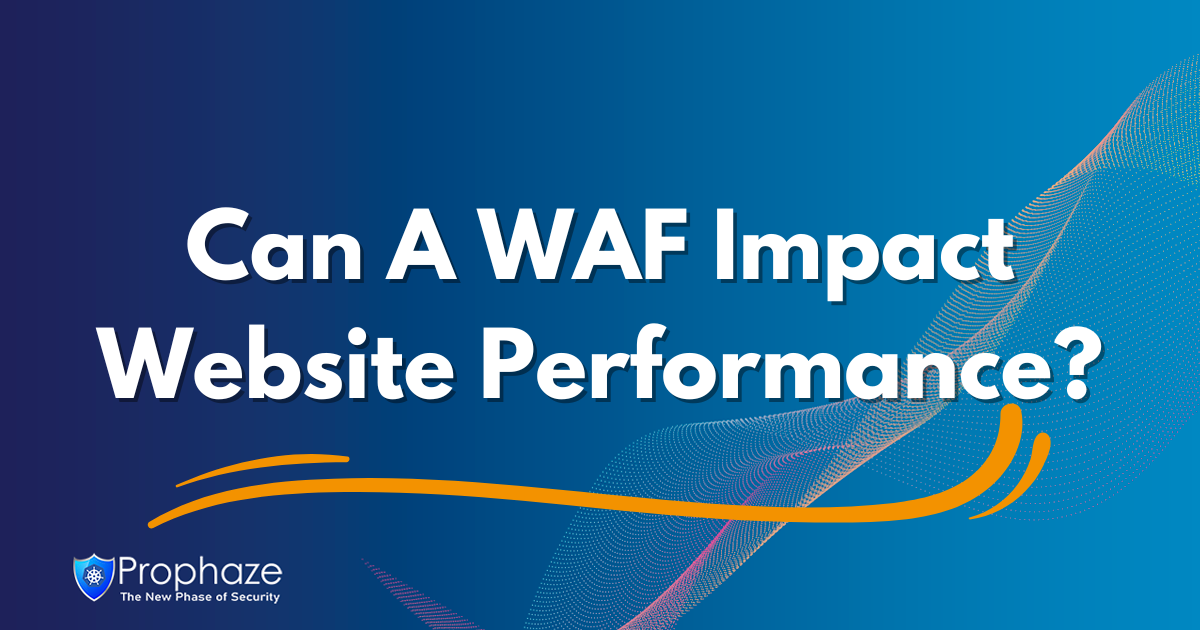Understanding Web Application Firewall (WAF) and its Protection Against Various Attacks
Web application usage has become an essential aspect of modern life and has significantly influenced daily life. However, the greater trust in web applications leaves them vulnerable targets for malicious individuals who endeavor to misuse vulnerabilities for their gain. It’s essential to have a Web Application Firewall (WAF) playing its part here, as this article’s objective is to cover the different types of attacks that a WAF can protect from and stress its importance in safeguarding web applications.
Types of Attack
SQL Injection:
One of the most commonly used methods by attackers against web applications is exploiting weaknesses in the input fields and inserting unauthorized or maliciously crafted data through SQL injection. A WAF can detect and prevent unauthorized SQL queries by scrutinizing and validating the input.
Cross-Site Scripting (XSS):
Attacks lead to the insertion of malicious scripts into web pages, which could result in website contents being tampered with or confidential data being stolen. WAF is one way to identify and mitigate XSS attacks, as it inspects incoming requests for malicious code injections.
DDoS attacks:
Can overload web applications by flooding them with massive amounts of data, which leads to a halt in their normal functioning. WAF, which analyzes incoming data packets for signs of malicious activity. It also employs several mitigation strategies, including rate limiting, traffic shaping, and blocking the attacker’s IP address.
CSRF attacks:
Manipulate the trust between web applications and users by tricking them into unwittingly carrying out harmful actions. A WAF can detect and prevent Cross-Site request forgery (CSRF) attacks by looking for valid tokens in incoming requests from legitimate sources.
Directory Traversal Attacks:
Construction of input commands and inputs, an attacker can compromise security measures and obtain unauthorized access to confidential data. With the help of pattern matching and rule-based techniques, a WAF can detect and block such attacks, thus preventing unauthorized access to critical files.
Application Layer Protocol Attacks:
HTTP and other application-level protocols can be compromised by exploiting known vulnerabilities, including tampering with requests and responses and protocol smuggling. A WAF can detect and prevent such attacks by monitoring protocols for anomalies while adhering strictly to established standards.
Conclusion
To safeguard web applications from various security risks and potential attacks, it’s essential to set up an active defense system. This includes having a crucial line of defense like a WAF, which will help protect against attacks such as SQL injection and XSS. Using rule-based filters in addition to sophisticated traffic analyses in a WAF provides improved security for web applications that safeguard against potential threats, resulting in increased reliability and user trust.









